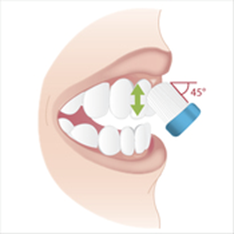 Oral hygiene is essential to avoid a number of ENT diseases and to keep teeth in good condition for as long as possible. The easiest way to do this is to brush your teeth efficiently on a daily basis.
Oral hygiene is essential to avoid a number of ENT diseases and to keep teeth in good condition for as long as possible. The easiest way to do this is to brush your teeth efficiently on a daily basis.
Toothbrushes
Before you even go through the brushing of the teeth itself, it is useful to be interested in the material needed to brush your teeth effectively.
Two main options exist with regard to the central element: the toothbrush. It can be:
- Of a manual toothbrush.
- Of an electric toothbrush.
- In supermarkets.
- In drugstores.
- On the Internet.
Electric toothbrushes
There are a wide variety of electric toothbrushes. These are much more expensive than manual toothbrushes when they are of good quality. It is indeed possible to buy electric toothbrushes at low prices but these are often mediocre.
The main criteria take into account to make the right choice:
- The power supply that can be:
- Rechargeable (on a base) and more environmentally friendly;
- (Often disposable).
- The shape of the brushing part: prefer the round heads, the most common;
- The technology that can be:
- Rotatory (all are);
- Oscillating and vibratory (to facilitate cleaning of hard-to-reach areas);
- Sonic (ideal for subgingival dental plaque);
- (The most expensive).
- The price and must take into account:
- The strength of the product;
- The price of spare brushes;
- Of the power system (batteries).
Application of toothpaste
Brushing your teeth should be a regular action, performed after each meal. If only one brushing is to be carried out, it will preferably be done in the evening.
Toothpaste
To effectively brush teeth:- Begin by passing the toothbrush under a net of water to wet it.
- Apply a layer of toothpaste to the hair.
Sodium bicarbonate
Sodium bicarbonate can be used twice weekly for:- Freshen breath;
- Whiten teeth.
Simply put bicarbonate net on the toothpaste and brush your teeth normally.
Order of brushing teeth
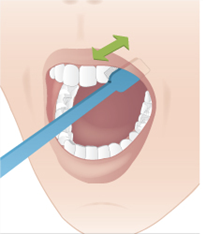 Order of tooth brushing. This is to clean each face of the teeth
Order of tooth brushing. This is to clean each face of the teethBrushing external faces
Begin by brushing the upper teeth with their visible face in the following order:- Incisors;
- Canines;
- Premolars;
- Molar ratio.
Brushing of internal faces
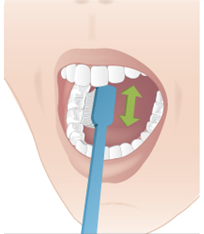
Order of brushing teeth Brush the inner face of the teeth (the part not visible, facing towards the mouth) in the same order as for the external face, upper teeth first and then lower teeth.
Top brushing
Brush the chewing surface, ie the upper surface of the premolars and molars. Make a small back and forth movement from the deepest teeth to the center teeth.
Brushing the tongue
Finish by brushing your tongue. Some toothbrushes have a special surface for brushing the tongue and removing dead cells. 4
Brushing time

Order of brushing teeth To brush teeth effectively brushing should last at least 2 min. ideally it will last 3 min. Some electric toothbrushes have an integrated timer. For others, time the brushing time.
Rinsing
After brushing, take a sip of water and gargle for a few seconds. Recover and repeat the operation.
To continue to have effective dental brushing, it will be necessary to change the toothbrush approximately every two months or as soon as the hairs begin to take a fan shape. For rechargeable electric toothbrushes only the head is to be changed.



 Téléphone
Téléphone
 WhatsApp
WhatsApp
 Email
Email
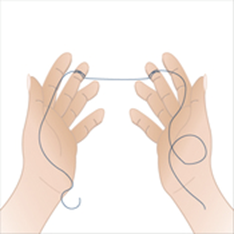 The dental floss is a generally nylon thread that completes the oral cleaning performed by the toothbrush.
The dental floss is a generally nylon thread that completes the oral cleaning performed by the toothbrush. 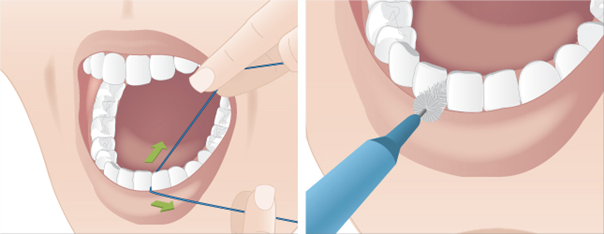
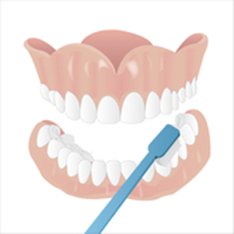 It is important to , because, like the teeth, it is likely to be damaged over time if you do not care for it. Dental plaque and tartar can build up and cause gum problems and bad breath.
It is important to , because, like the teeth, it is likely to be damaged over time if you do not care for it. Dental plaque and tartar can build up and cause gum problems and bad breath. 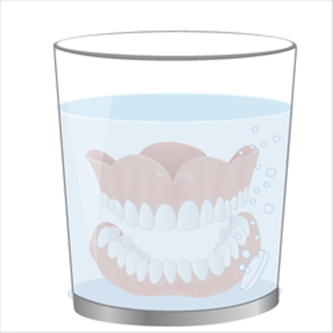
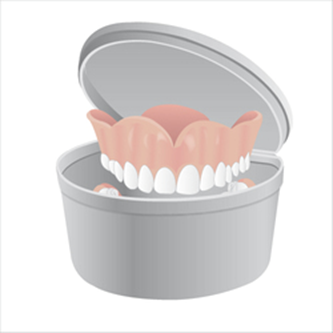
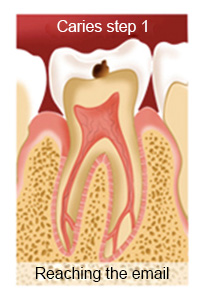
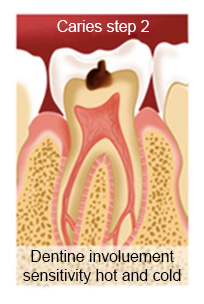
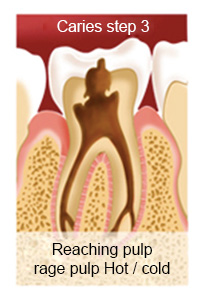
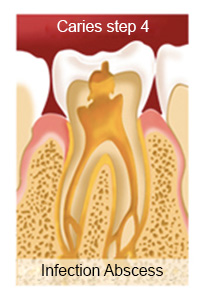
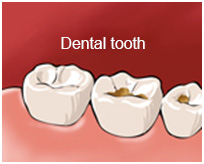
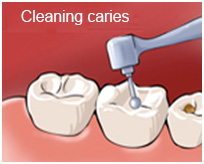
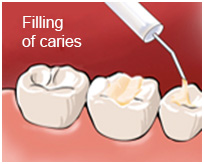
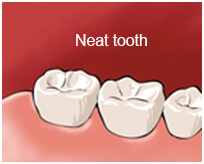
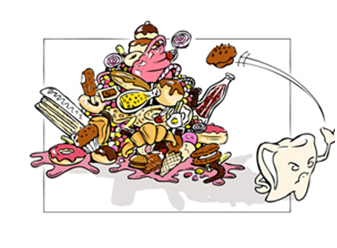 Food hygiene for tooth health when eating cariogenic foods, the length of time they stay in contact with the teeth plays an important role in the severity of the injury.
If you consume small quantities of them several times during the day, the teeth will be in almost permanent contact with cariogenic foods. To prevent large injuries from developing rapidly, it is better to consume these foods once a day rather than nibble all day. Take the time to chew well: mastication stimulates salivary secretion, a true ally against caries.
Finish your meal with a glass of water.
Food hygiene for tooth health when eating cariogenic foods, the length of time they stay in contact with the teeth plays an important role in the severity of the injury.
If you consume small quantities of them several times during the day, the teeth will be in almost permanent contact with cariogenic foods. To prevent large injuries from developing rapidly, it is better to consume these foods once a day rather than nibble all day. Take the time to chew well: mastication stimulates salivary secretion, a true ally against caries.
Finish your meal with a glass of water. 